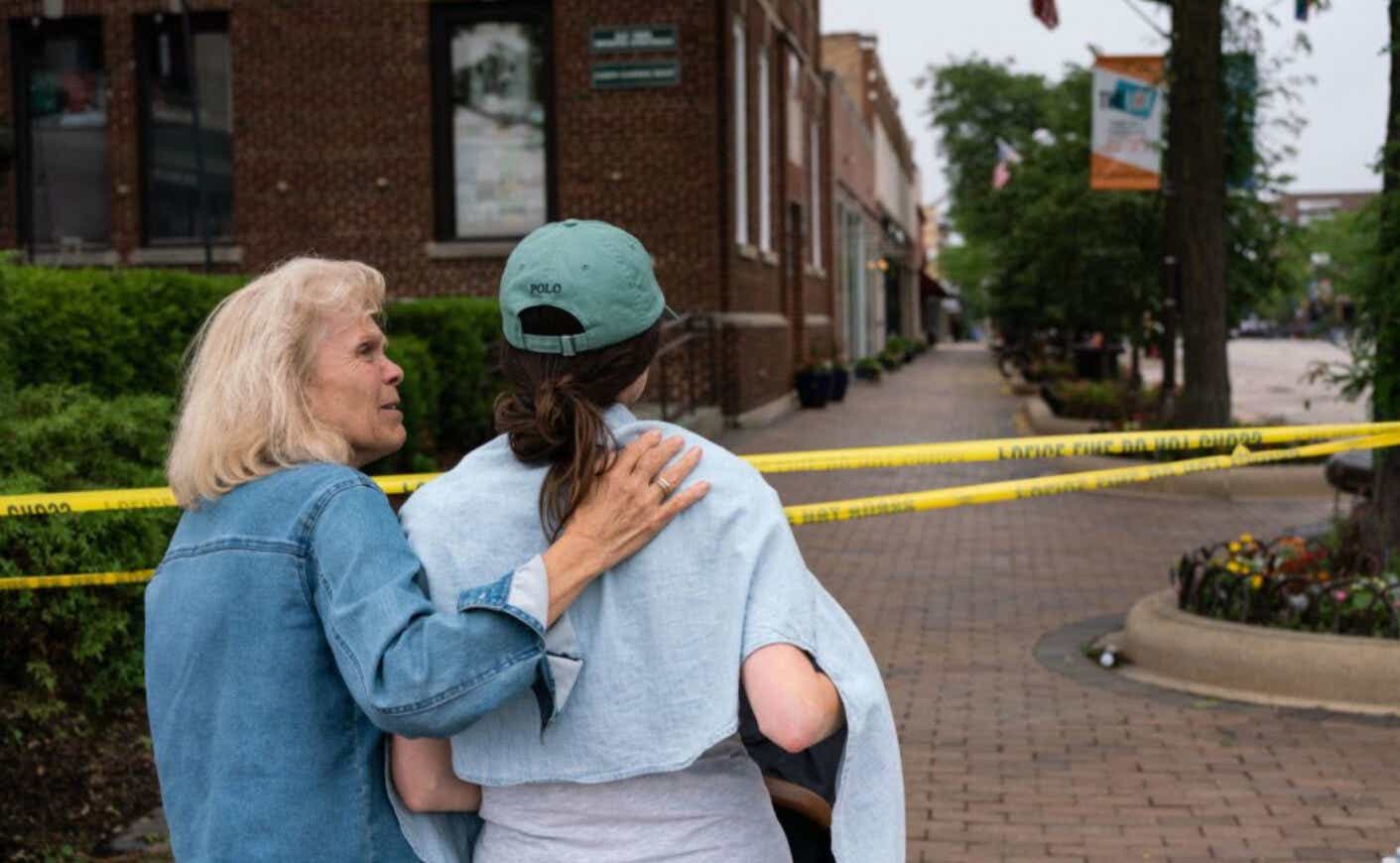This year has been defined by a series of tragic mass shootings. From the racially motivated grocery store shooting that left 10 dead in Buffalo, New York, to the massacre at a Uvalde, Texas elementary school that left 19 children and two adults dead, to the most recent shooting tragedy at a parade in Highland Park, Chicago over Fourth of July weekend and left seven people dead, the barrage of senseless violence feels never-ending.
While the fight for stricter gun control measures rages on, it’s never been more clear that civilians should arm themselves with education on how to best survive an active shooter situation. Though most of us won’t encounter this type of violence in our lives, there’s no harm in keeping informed, and making sure your loved ones are, too.
Below are some guidelines from the FBI outlining how to respond to an active shooter event — visit their official website for the full instructions.
What to do in an active shooter situation
Locate the exits ahead of time
In general, the U.S. Department of Homeland Security suggests you always be aware of exit locations when you enter a building, regardless of whether that building is a school, a church, a grocery store, or a pharmacy. Being cognizant of your escape route increases your likelihood of being able to spring into action and flee the scene if a shooter does enter the building, rather than being frozen in fear.
Employ the “run, hide, fight” tactic
According to the FBI, one of the best ways to behave in an active shooter event is to employ the “run, hide, fight” strategy. First, the FBI suggests that someone should escape the scene immediately, if they can: Running makes you a more difficult target for a shooter, and hopefully puts distance between yourself and the assailant as well.
If running is too risky, the FBI recommends trying to hide in a concealed location by locking or barricading yourself in a room away from the shooter. Since most mass shootings end in less than five minutes on average, creating any sort of barrier (especially one that would take time for the shooter to engage with) could help you stay safe until authorities arrive.
While you’re hiding, the FBI recommends you plan a defense strategy, in case the shooter enters your area. Fighting back should always be your last strategy, but it’s better to attempt to gain control than to give a perpetrator more time and space to target you. The FBI specifically encourages you to not worry about “fighting fair,” and to use any weapon or tool available to you to defend yourself.
You can read more information on the “run, hide, fight” strategy, and watch a related informational video from the FBI here.
In schools, “get out, keep out, and hide out”
Unfortunately, strategies for surviving an active shooter situation have become a necessary conversation to have with children. According to Save the Children, kids should memorize a similar strategy to the “run, hide, fight” tactic, with a few key differences.
The strategy for children is “get out, keep out, and hide out.” The first step, “Get out,” means escaping from the shooter, if at all possible. Depending on your child’s age and where they go to school, it’s possible that the administration has specific zones designated as “safe places,” so it’s worth checking in with the school to find out if that’s the case, and then making sure your child is well-aware of those spaces.
The second tactic for your child is to “keep out,” which means locking and blocking doors, if possible, to create space and time between themselves and the shooter.
The last strategy is “hide out.” Unlike an adult, a child should never try to “fight” a shooter, and should instead continue to try to stay out of sight. It’s also important to remind children to stay as quiet as possible, and to keep their phone on silent, if they have one.
Save the Children suggests that you let your child know that “no one will be angry at them for breaking rules (like throwing things, entering staff-only areas, or running in the hall) to be safe.”
Being in an active shooter situation is a nightmare that no one should have to face. But keeping these tactics top of mind could save a life.









